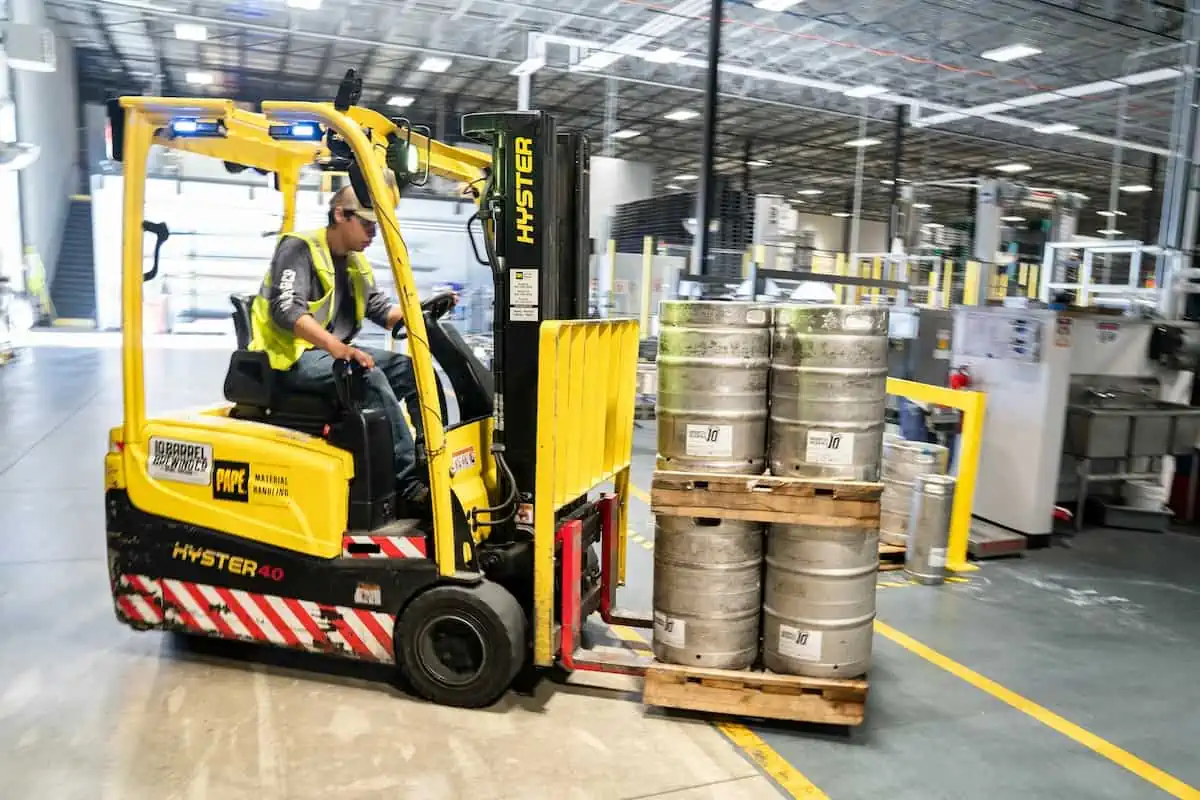Streamlining the warehouse build process is crucial for businesses aiming to enhance their logistics and storage capabilities efficiently. Adopting a systematic approach can reduce time and costs, leading to a smoother transition to being operational.
In today’s competitive world, quickly setting up functional and economical warehouse spaces is a significant advantage.
This need becomes even more critical as companies work to keep up with the changing demands of distribution and storage, underlining the value of effective commercial shed planning. Proper planning ensures the foundational steps are correctly established, playing a pivotal role in the construction project’s success.
Read on to uncover essential strategies and tips for optimizing your warehouse construction project from start to finish.
Understand Your Requirements
Accurately defining your warehouse needs before construction is pivotal in the build process. This ensures the facility aligns with your operational requirements and can adapt to future changes without incurring unnecessary costs.
For a comprehensive understanding, consider the following factors:
- Purpose of the warehouse: Whether for storage, distribution, manufacturing, or a combination, knowing the primary function informs the size, layout, and features your warehouse requires.
- Inventory and handling equipment: The type of inventory you store and the equipment used to move it around dictate the warehouse’s design. Heavy machinery necessitates stronger floors and wider aisles, while high-value items may require enhanced security measures.
- Growth provisions: Anticipate future needs by allocating space for expansion and designing with scalability in mind. This could mean building with modular components or ensuring that the infrastructure can support additional technology and automation.
Delineating these requirements ensures your warehouse meets immediate needs and is primed for future expansion and efficiency enhancements. This forethought prevents costly redesigns and downtime, facilitating a smoother operational transition post-construction.
Select The Right Location
Choosing the right location for your warehouse is a critical decision that influences the long-term success of your logistics. The strategic positioning of your warehouse can significantly impact shipping efficiency, labor availability, and overall operational costs.
To ensure you select the most advantageous location, consider these essential aspects:
- Proximity to transportation links: A location near major highways, ports, or railroads minimizes transportation times and costs for both incoming inventory and outgoing orders. This accessibility is vital for maintaining a fast-paced supply chain and meeting customer delivery expectations.
- Local labor market: The availability of a skilled workforce near the warehouse is crucial. An area with a robust labor market provides a wider talent pool to draw from, ensuring that you have the necessary staff for your operations. Additionally, consider the competitive landscape for labor in the area to ensure you can attract and retain employees.
- Zoning laws: Understanding local zoning regulations is imperative to avoid compliance issues that could delay or halt your warehouse project. Ensure the intended location is zoned for warehouse or industrial use and that no restrictions could impact your operation or future expansions.
Selecting a location that aligns with these criteria enhances the efficiency and effectiveness of your warehouse operations and positions your business for scalability and growth. By carefully considering these factors, you can avoid potential obstacles and ensure your warehouse supports your company’s strategic objectives.

Design For Efficiency
Efficient design is the cornerstone of a productive warehouse, directly impacting operational flow and cost management. A strategic layout accommodates current needs and anticipates future demands, ensuring long-term functionality and flexibility.
To craft a design that enhances efficiency, focus on the following critical elements:
- Flexible storage solutions: Utilize adjustable shelving and modular storage units to reconfigure space as inventory needs change efficiently. This adaptability is critical for accommodating seasonal fluctuations or expanding product lines without requiring significant structural changes.
- Efficient traffic flow: Design aisles and pathways to minimize congestion and facilitate the smooth movement of personnel and machinery. Consider the most frequent routes for picking and replenishing stock to optimize the layout for speed and safety.
- Streamlined picking paths: Implement a layout that reduces travel time for order picking. Techniques like zoning, batch picking, and the use of technology can significantly decrease the time it takes to process orders, directly impacting customer satisfaction and operational throughput.
An efficient design lays the groundwork for a warehouse that meets today’s requirements and is poised to adapt to tomorrow’s challenges. By prioritizing flexibility, flow, and functionality, you ensure your warehouse remains a vital asset in your logistical operations, driving productivity and profitability.
Choose The Right Construction Partner
Selecting the right construction partner is a pivotal step in the warehouse-building process. This choice can significantly influence the project’s success, affecting timelines, budget adherence, and the overall quality of the finished warehouse.
For an informed selection, consider these crucial factors:
- Proven expertise in warehouse construction: Look for a firm with a solid record of completing warehouse projects like yours. This experience ensures they understand the unique challenges and requirements of warehouse construction.
- Quality and reliability of past projects: Investigate the firm’s previous projects to assess their quality of work. Request references and conduct site visits if possible. This due diligence helps gauge their reliability and the durability of their constructions.
- Communication and transparency: Choose a partner who values open communication and transparency throughout construction. Regular updates and honest discussions about project progress, challenges, and changes are essential for a smooth build.
Choosing a construction partner who aligns with these criteria ensures your warehouse project is in capable hands. A company with the right expertise, a proven track record of quality, and a commitment to transparent communication can navigate the complexities of warehouse construction, keeping your project on schedule and within budget.
Conclusion
Optimizing your warehouse construction project is a multifaceted endeavor that requires careful attention to detail in planning, location selection, design, and choosing the right construction partner.
By meticulously addressing each of these aspects, you can create a warehouse that meets your current logistical needs and is flexible enough to adapt to future demands.
The right approach ensures your warehouse is a cost-effective, efficient, and scalable asset that supports your business’s growth and operational efficiency. Embrace these strategies to streamline your construction process and build a warehouse that stands the test of time and market shifts.
Article and permission to publish here provided by Claire Glassman. Originally written for Supply Chain Game Changer and published on March 25, 2024.
Cover image by pexels.com.

